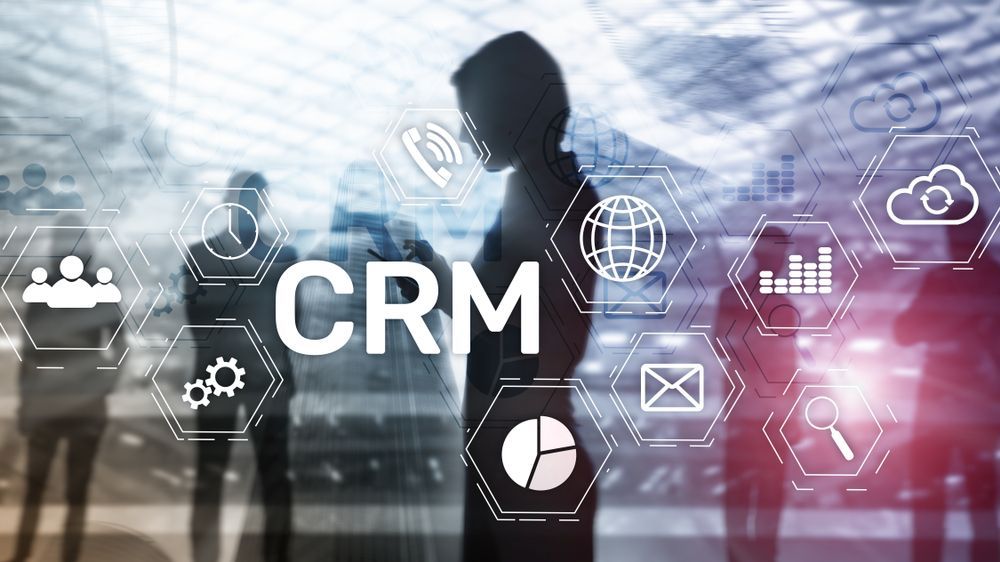Experts predict the global Customer Relationship Management (CRM) market will reach $275.3B USD by 2034—an impressive CAGR of 13% and a testament to the value CRMs bring to businesses of all sizes. Did you know that these complex platforms allow you to manage and analyze customer interactions and data throughout the customer lifecycle—all in one place?
Thanks to all these platforms’ perks, most professionals will agree that adopting a CRM is a no-brainer. But simply using a CRM isn’t enough. You need to maximize its benefits by implementing best practices that ensure effective data management, utilization, and integration into your overall operations – and you need to realize that what works for one company might not work for yours.
Here are a few CRM best practices to help make your chosen platform work for you.
The Foundation for Growth
The concept of a “single source of truth” is the core of successful CRM utilization. This means consolidating all customer data into a centralized repository within the CRM so that you can get rid of data silos and ensure everyone in your organization has access to the same accurate and up-to-date information.
If you manage this, you’ll all be using the same platform and on the same page. This immediately leads to better collaboration and communication while empowering your company’s decision-makers to make informed calls based on a comprehensive understanding of your customers.
Streamlining Sales and Enhancing Customer Insights
70% of sales representatives believe that CRMs help them make more sales, particularly because they streamline sales processes—a massive USP (unique selling point).
By automating routine tasks, providing real-time visibility into sales pipelines, and facilitating lead nurturing, CRMs give sales teams everything they need to focus on what they do best: building relationships, closing deals, and improving that all-important bottom line.
Beyond the sales, CRMs allow your team to get to know your customers intimately, which is a recipe for evolving alongside your customers and their demands. By tracking customer interactions, preferences, and purchase history, your team will have a better understanding of your target audience and be able to personalize all marketing efforts, tailor your product offerings, and deliver the types of experiences that keep your customers coming back.
Best Practices for Maximizing CRM Benefits
Now that you have a good idea of what a CRM can do for your business, it’s time to unpack how to make the most of those benefits:
- Data Quality in CRMs: The quality of a CRM’s data dictates how effective it will be. As the saying goes: "garbage in, garbage out." With that in mind, strive to regularly clean and update your CRM data to ensure accuracy and completeness. Implementing data validation rules and standardizing data entry processes to reduce errors and inconsistencies is also a good idea.
- CRM User Adoption and Training: CRMs only work if everyone’s on board, so encourage widespread adoption of the CRM across all relevant departments by providing comprehensive training. Employees who feel confident using the CRM effectively are much more likely to implement it into their daily processes.
- Integration with Other Systems: While it’s a fantastic standalone tool, you can further boost your CRM by integrating it with other essential business systems, such as marketing automation platforms, email marketing tools, and accounting software. The result? Seamless data flow and reduced human error – no more manual data entry!
- Customization and Automation: No “one CRM fits all” in business exists. Take the time to tailor your CRM to fit your company’s processes and workflows. Most importantly, embrace automation features to streamline repetitive tasks, such as lead assignments, follow-up emails, and data entry.
- Regular Reporting and Analysis: Use your CRM’s reporting and analytics capabilities to track key performance indicators (KPIs), identify trends, and gain actionable insights into customer behavior and sales performance.
These well-known best practices are key to getting the most out of your CRM… but here are a few bonus insider secrets—guaranteed to give you more value:
- Segmentation and Targeting: Go beyond basic segmentation and create highly targeted customer segments based on demographics, behavior, and preferences. This allows you to hyper-personalize your marketing campaigns to build stronger customer connections.
- Social Media Integration: Integrate your CRM with social media platforms to track customer interactions, sentiment, and brand mentions. This will provide valuable insights into customer opinions and help identify potential leads and opportunities.
- Mobile CRM Access: Empower your sales team with mobile CRM access, enabling them to stay connected and productive on the go. They’ll get real-time updates, access to customer information, and the ability to close deals from anywhere.
In conclusion, leveraging a CRM is essential for any business looking to streamline operations, enhance customer relationships, and drive growth. Among the myriad of options available, HubSpot stands out as one of the leading CRMs to work with. Its comprehensive suite of tools, user-friendly interface, and robust integration capabilities make it an invaluable asset for businesses of all sizes.
Regardless of your choice, by adopting best practices and utilizing best-in-class platforms for your business, you can unlock the full potential of your CRM and propel your business to new heights.
If you want to learn more about all the tried and tested tools available to help you manage customer interactions, sales processes, and marketing efforts, then just reach out.
About the Author
Cheryl is the Director of Marketing and Communications at the WSI Home Office. She has experience in inbound marketing, content marketing & social media marketing.
The Best Digital Marketing Insight and Advice
Subscribe Blog
For information on our privacy practices and commitment to protecting your privacy, check out our Privacy Policy and Cookie Policy.





